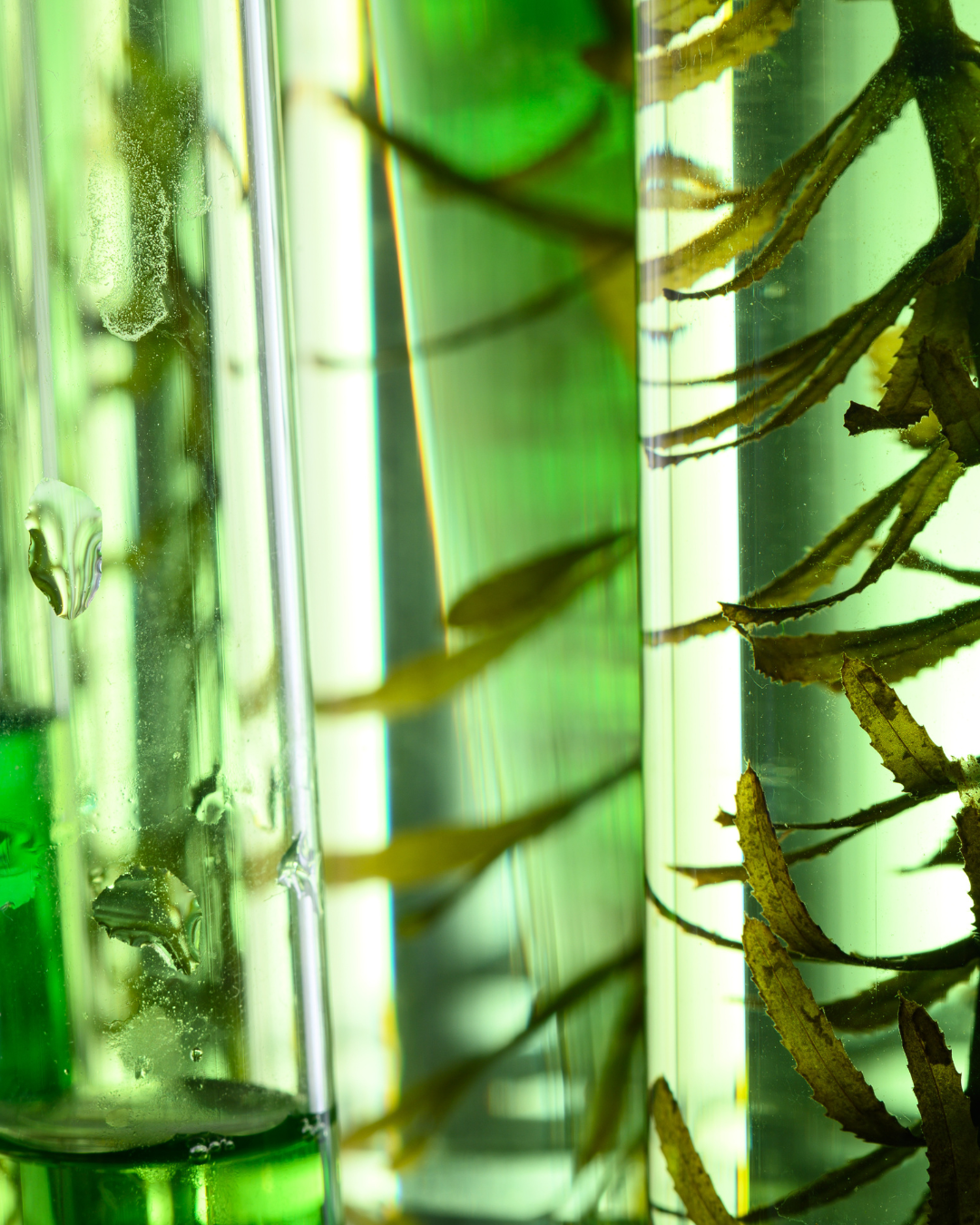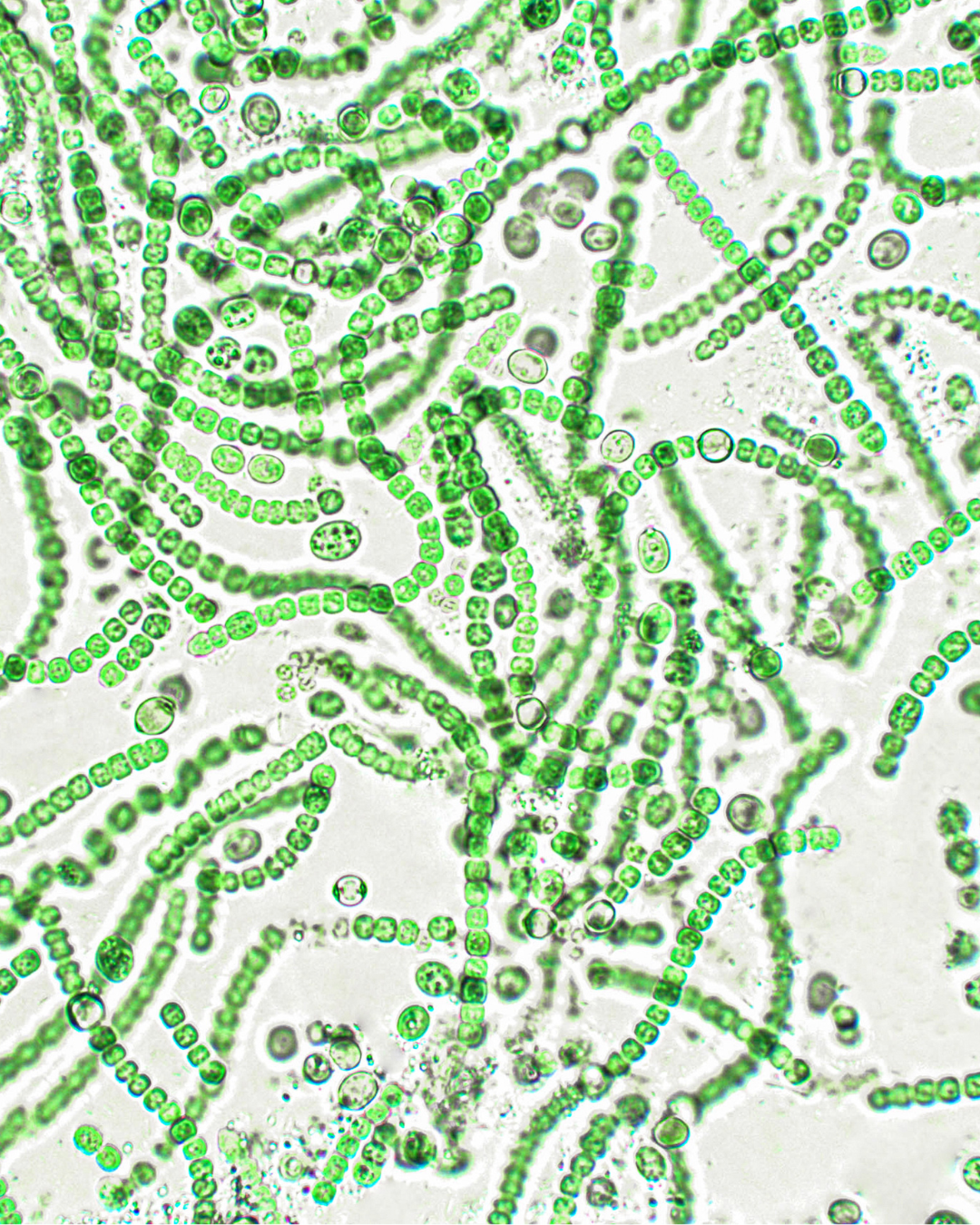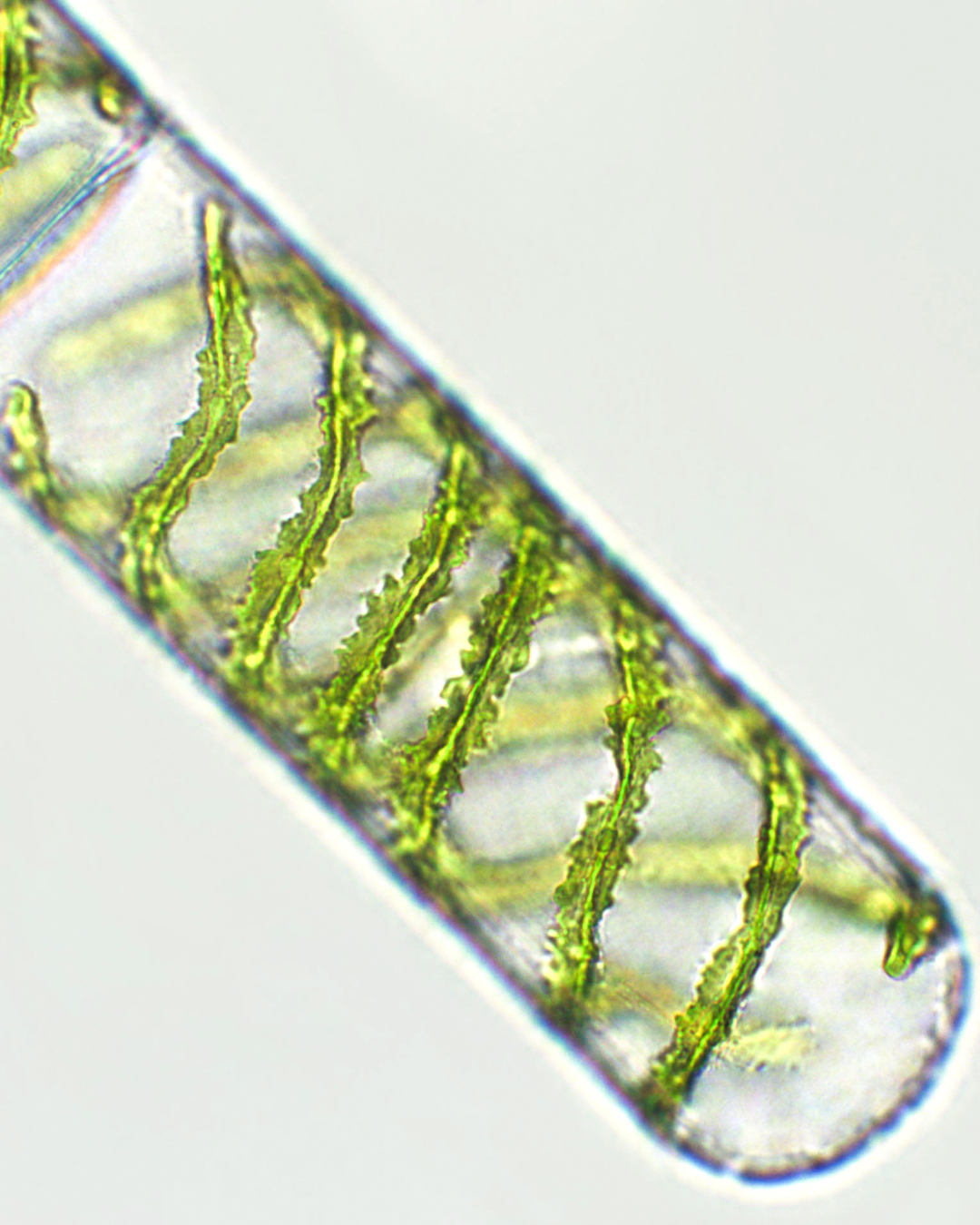New Study Sheds Light on Early Origins of Photosynthesis on Earth
Dr Tanai Cardona co-authors landmark study on photosynthetic evolution in early-diverging cyanobacteria.

A new study co-authored by Dr Tanai Cardona, Reader in Synthetic Biology and Biotechnology here at the School of Biological and Behavioural Sciences, has revealed fresh insights into one of nature’s most vital processes—photosynthesis. The international collaboration has uncovered structural and evolutionary features of a key protein complex involved in capturing light energy, potentially taking us a step closer to understanding how photosynthesis first evolved billions of years ago.
In a study published in Proceedings of the National Academy of Sciences, the researchers investigated Anthocerotibacter panamensis, a newly discovered species of cyanobacteria that represents one of the oldest branches on the tree of life. This rare organism split from other cyanobacteria around 3 billion years ago and has remained almost unchanged ever since.

“We cannot travel back three billion years to observe the cyanobacteria on Earth,” said Dr Ming-Yang Ho of National Taiwan University, lead author of the study. “That is why the early-branched A. panamensis is so crucial; it lets us glimpse what occurred in the past.”
The team focused on a protein complex called Photosystem I (PSI)—a tiny “nanodevice” that turns light into electricity inside cells. Using advanced imaging techniques, they captured the PSI structure in A. panamensis in atomic-level detail.
Most modern cyanobacteria, algae, and plants pack their photosynthetic machinery into specialised membranes called thylakoids. But A. panamensis has no thylakoids—its entire photosynthetic system is built into a single membrane layer. This simpler design helps scientists understand how photosynthesis may have worked in its earliest forms.
“With this PSI structure in hand,” added co-author Dr Christopher Gisriel from University of Wisconsin-Madison, “We can compare it to others and see which features are ancient and which are recent evolutionary innovations.”
Despite its ancient origins, the PSI structure in A. panamensis looks surprisingly modern. The complex forms a three-part clover-like shape and includes more than 300 light-harvesting pigments, such as chlorophyll and carotenoids. This suggests that photosynthesis had already become a sophisticated process very early in Earth’s history.

The discovery brings researchers one step closer to understanding how photosynthesis—and by extension, life on Earth—began. Dr Tanai Cardona concluded, “Even three billion years ago, photosynthesis appears to have reached a remarkable degree of sophistication. To find the true origin of oxygen-producing photosynthesis, we’ll have to look even further back—before cyanobacteria themselves evolved.”
The study was funded National Science and Technology Council (Taiwan), NIH, U.S. Department of Energy and UKRI.